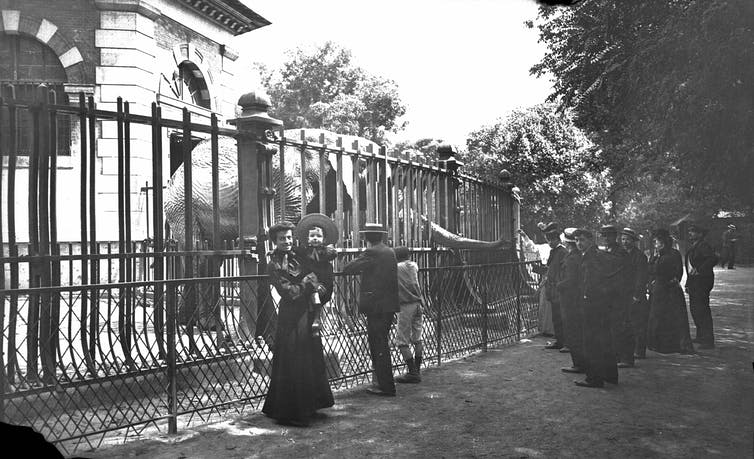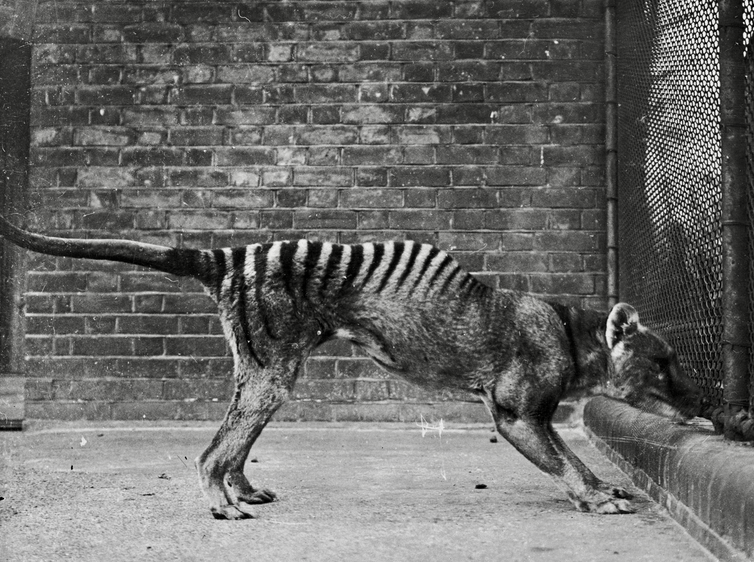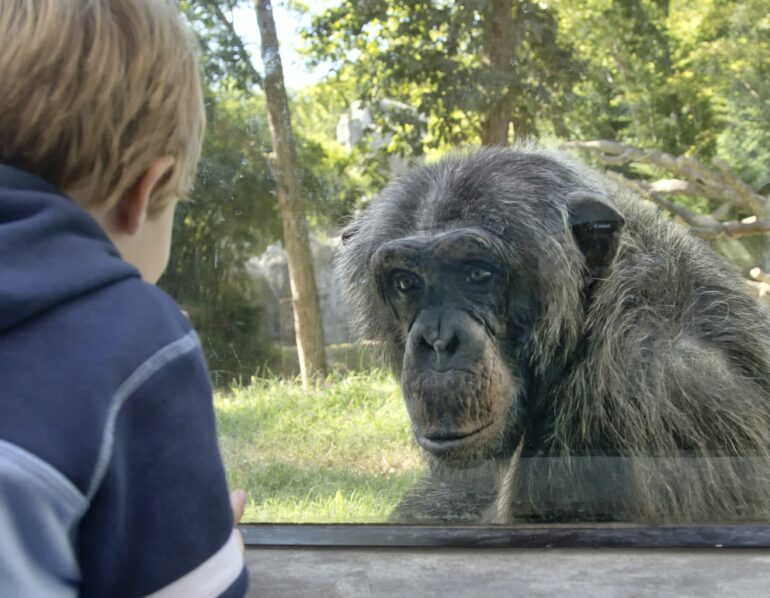In 1980 I visited the zoo in a major U.S. city and found row after row of bare concrete boxes with jailhouse-style bars occupied by animals from around the world. The animals appeared to be in good physical condition, but many were staring into space or pacing restlessly around the edges of their tiny quarters. It was depressing. I’m not naming the zoo, because you could have seen the same thing at most U.S. zoos in that era.
More recently, visitors to many zoos and aquariums see animals in surroundings that resemble their native habitat, behaving in ways that are typical for their species. What has changed?
In the intervening years, the professional zoo and aquarium community has fundamentally altered the way it views the task of caring for the animals in its collections. Instead of focusing on animal care, the industry is now requiring that zoos meet a higher standard – animal welfare. This is a new metric, and it represents a huge change in how zoos and aquariums qualify for accreditation.
I am a scientist who studies animal behavior, both in captivity and in the wild. This recent development in the zoo world is the result of an evolution in the scientific understanding of animals’ lives and welfare. It also reflects zoos’ and aquariums’ increasing focus on conservation.
From trophy case to conservation message
Since the first animal menageries in ancient Egypt, zoos and aquariums have taken a progression of forms.
The British Royal Menagerie, which was housed in the Tower of London from the early 13th century until 1835, served as an animated trophy case. In Europe, exotic animal collections were often displayed in garden settings for the amusement of the gentry, and by the late 18th century, for the general public as well. These places often functioned as stationary circuses, sensationalizing the strangeness of animals from afar.

The palace of the pachyderms at the Jardin des Plantes in Paris, circa 1900.
ND/Contributor/Roger Viollet via Getty Images
In Victorian England, zoos were recast as edifying entertainments. This was also true in the U.S., where the first zoo opened to the public in Philadelphia in 1874.

A thylacine, or ‘Tasmanian wolf’ or ‘Tasmanian tiger,’ in captivity, circa 1930. These marsupials are now presumed extinct.
Topical Press Agency/Hulton Archive via Getty Images
Early zoos weren’t very good at keeping animals alive. In the first half of the 20th century, though, zoos began to focus on animals’ physical health. This ushered in the “bathroom” era in zoo design, with an emphasis on surfaces that could be steam-sterilized, such as ceramic tile.
Over the past 50 years, a landscape immersion model of zoo design has risen to prominence, as institutions have evolved into conservation and education organizations. By displaying animals in settings resembling their natural habitat – and setting the…
